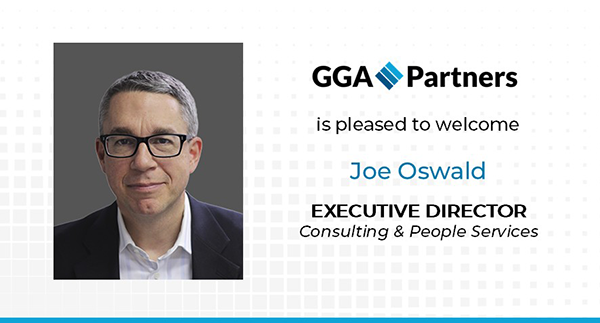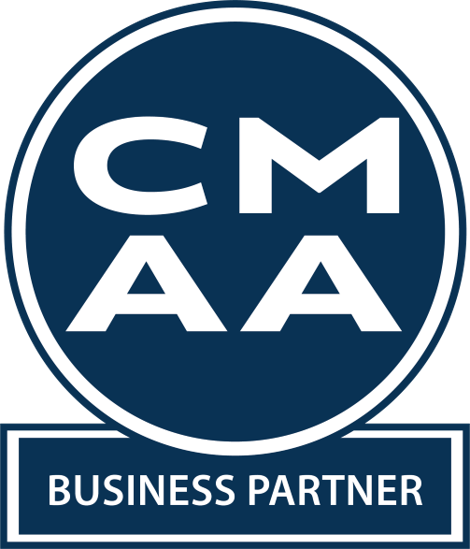Seasoned professional, Joe Oswald, will expand the firm’s Consulting & People Services

Toronto, ON – GGA Partners, an international consulting firm and trusted advisor to many of the world’s most successful golf courses, private clubs, resorts, and residential communities, today announced the appointment of Joe Oswald as Executive Director, Consulting & People Services.
“We are excited to welcome Joe Oswald to GGA Partners’,” stated Managing Director and Partner Michael Gregory. “Joe is an incredibly knowledgeable and experienced executive in the golf and private club space, having led one of the industry’s largest software companies. Our clients and partners will benefit tremendously from Joe’s unique expertise.”
As a senior business leader and ICF certified coach who has led global organizations with successive years of profitable growth. Joe works with C-suite leaders and business owners to help develop their plans to be more and do more with their leadership and business potential.
“It is an honor to be selected to join the outstanding team at GGA Partners,” noted Oswald. “I have always been impressed with the experience and professionalism of the team, as well as their approach to delivering unique services tailored to the new realities of private clubs.”
Oswald was most recently president at Jonas Club Software, a Constellation Software company where he led 5 businesses. He previously served in several technology firms in roles as chief operating officer, executive vice-president, business development and as a principal in a national executive coaching and career transition services firm.
“Our team had the privilege of collaborating with Joe on a number of initiatives during his tenure at Jonas Club Software. We are confident his industry knowledge and expertise will benefit our clients,” commented Managing Director and Partner Derek Johnston.
Media Contact:
Michael Gregory
michael.gregory@ggapartners.com






 West Palm Beach, FL/Alexandria, VA – The
West Palm Beach, FL/Alexandria, VA – The 
